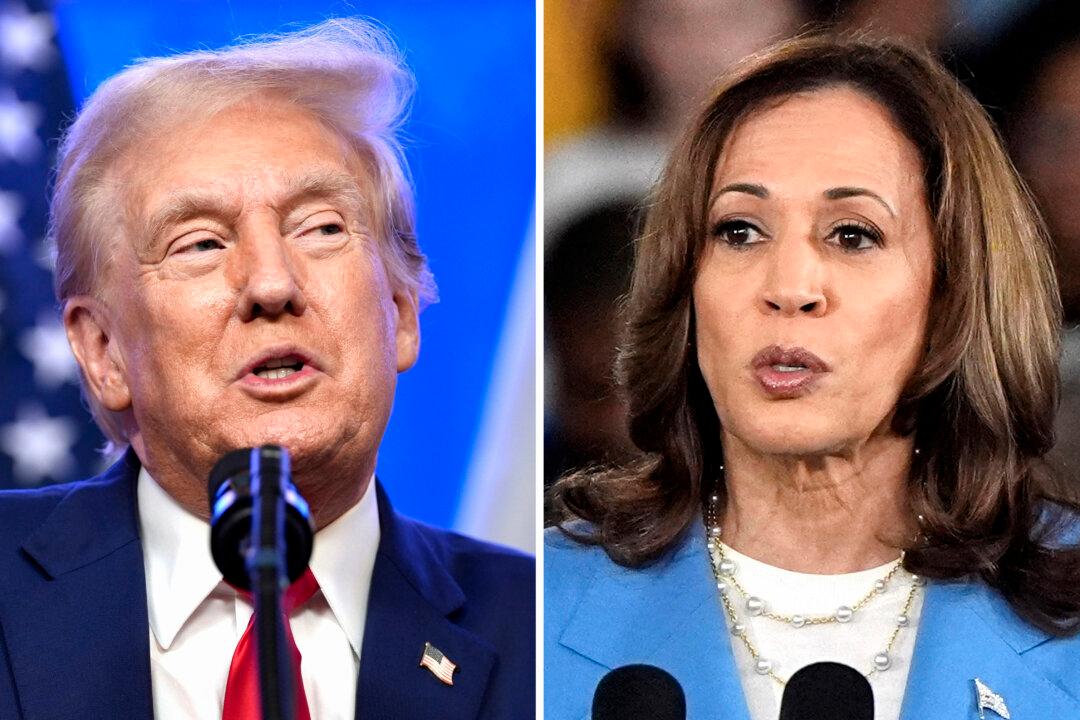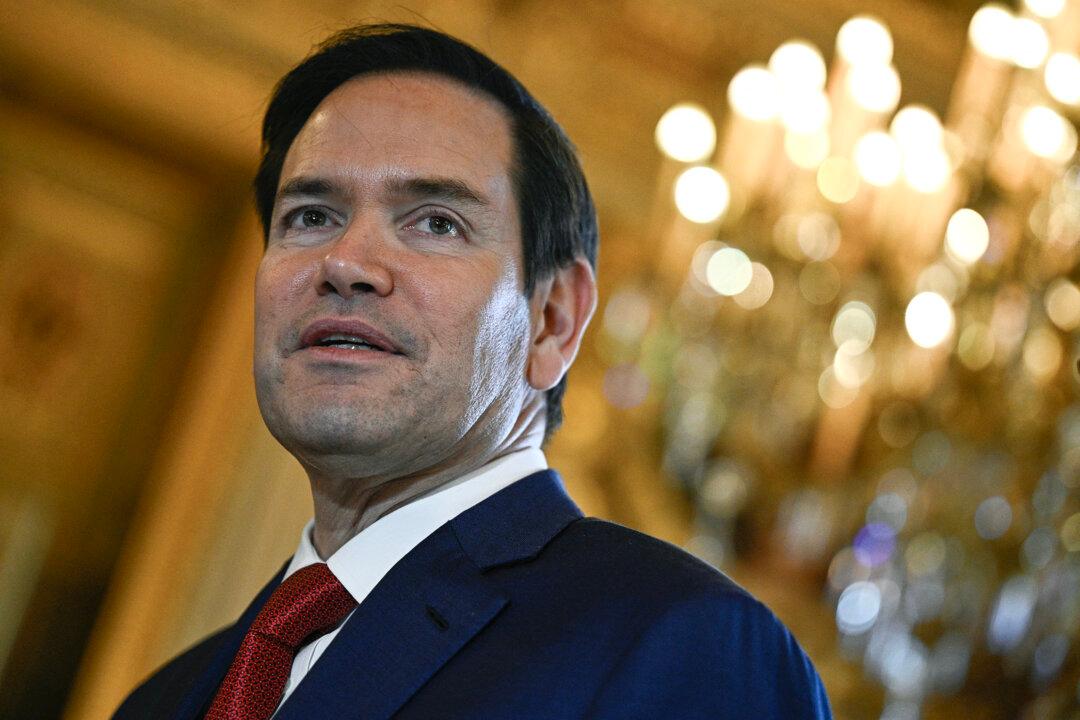Vice President Kamala Harris has accepted the rules for the Sept. 10 presidential debate against former President Donald Trump, including the provision to mute a candidate’s microphone when it’s not his or her turn to speak.
A letter from Harris’s campaign to ABC, obtained by the Associated Press, confirmed acceptance of the rules, concluding the negotiations over microphone muting, which had for some time threatened to derail the debate.
Both the Harris and Trump campaigns previously offered competing statements on the debate and whether microphones should be muted or not. An earlier agreement announced by Trump and President Joe Biden for both the CNN and ABC debates included the muting of microphones, which occurred during the first debate.
Harris campaign adviser Brian Fallon stated on Aug. 26 that both candidates’ microphones should remain live throughout the debate, suggesting that Trump’s team preferred muting because of doubt as to whether Trump could maintain presidential behavior for the full 90 minutes.
In response, Trump adviser Jason Miller said in an interview with Politico that Harris was trying to avoid debating Trump altogether. Miller also said in a statement they had already agreed to the same terms as CNN’s June debate, which had muted microphones, adding, “We said no changes to the agreed-upon rules.”
While the Harris campaign’s letter to ABC expressed agreement with the rules, it also voiced concern about the format, saying that it shields Trump from “direct exchanges” with the vice president.
Trump also told reporters at an event in Virginia that he preferred to have his microphone kept on, adding that he did not like it muted last time.
“Doesn’t matter to me. I'd rather have it, probably, on. But the agreement was that it would be the same as it was last time,” Trump said.
The debate will be moderated by David Muir of “World News Tonight” and Linsey Davis of ABC News Live.
According to the debate rules, as announced by ABC on Sept. 4, each candidate will be allotted two minutes to respond to each question, followed by two-minute rebuttals, with an additional minute for clarifications or follow-ups. During these segments, only the microphone of the candidate speaking will be live, with the other muted.
The 90-minute debate will not include an audience, and the candidates will not be allowed to bring notes onto the stage. Both will stand behind podiums and have access to only a pen, a notepad, and a bottle of water. No opening statements will be made, but each candidate will have two minutes for a closing statement. Trump won a virtual coin flip and chose to deliver the final closing statement, while Harris selected the right-side podium on the broadcast.
ABC News noted that if significant interruptions occur, both candidates’ microphones may be unmuted temporarily so the audience can follow the discussion.
The vice presidential candidates, Minnesota Gov. Tim Walz and Sen. JD Vance (R-Ohio), are slated to debate on Oct. 1 on CBS News.







